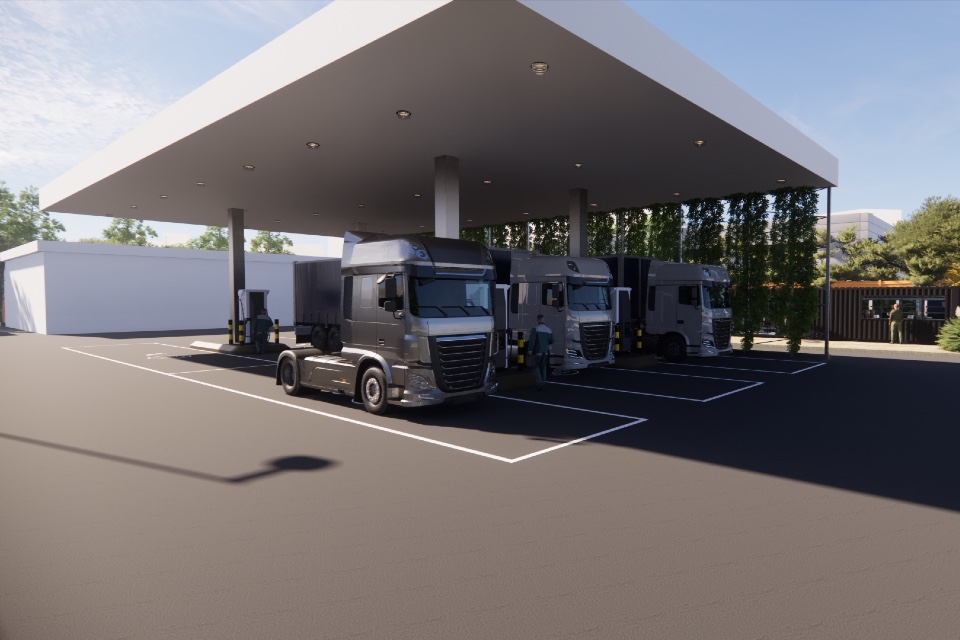Almost half (45%) of industrial companies believe digitalisation will be the primary reason that new operational technology (OT) job roles will be created in the next three years.
The research, commissioned by Schneider Electric and carried out by Omdia, polled 407 industrial companies ranging from small and medium enterprises to large companies across western Europe (UK, Germany, France, Italy, Spain, Denmark and Sweden), the US, China, India, and Southeast Asia (Vietnam, Thailand and the Philippines). The study highlighted the scale of the global industrial skills crisis, with talent acquisition a key challenge for more than half of those surveyed (52%).
However, it also identified the cure for this problem. Alongside job creation, over two-thirds (70%) of those surveyed agree that digitalization will help to tackle talent shortages, highlighting the potential of digital tools to deliver more than just productivity and efficiency.
While the skills crisis rages, the industrial workplace is undergoing rapid change. Sustainability goals and advanced technologies, such as Artificial Intelligence (AI) and digital twins, are becoming further integrated into the workforce. The research found that 45% and 47% respectively believe that the increasing requirements of industrial companies to meet environmental and social sustainability goals will require a significant extension of existing job roles in the plant.
“Digitalization doesn’t just benefit productivity and overall efficiency. It’s vital for solving some of the people-centric challenges facing industrial businesses,” said Ali Haj Fraj, Senior Vice President, Digital Factory, Industrial Automation at Schneider Electric. “There’s a real opportunity for industrial enterprises to optimize and enhance OT roles. By reducing the time spent on administrative tasks and enabling people to better fulfil their potential, we can solve many of the key challenges facing these businesses and help build a more sustainable future.”
The survey found that over half of respondents (52%) consider talent acquisition and retention to be a challenge, but one that can be overcome, showing that a level of optimism is shared among industrial businesses around overcoming workforce challenges.
Three in five (60%) believe OT roles will change in the next three years, either moderately (41%) or significantly (19%). Furthermore, a large majority (73%) agree that digitalization will substantially change the nature of work in the next three years. Three in ten (31%) consider quality-control roles to be most significantly augmented or enhanced by digitalization.
The survey also found that in the next three years industrial companies expect new skills will be required in areas like robotics programming and integration (49% of the respondents say they have no or insufficient skills in this area) and data processing, visualization, and analytics (on average more than 30% have no or insufficient skills in these areas). While respondents say they are prioritizing investment in data processing, visualization, and analytics, robotics programming and integration is indicated as only a medium priority for almost half of those surveyed. A key recommendation from the research is thus for industrial companies to work with partners across the industrial ecosystem who can help meet technology skills deficits with solutions, training, and other capabilities to prepare their workforce for the future.
“The changing nature of the industrial workforce is, and will increasingly, necessitate investment in digitalization to empower staff and improve productivity and efficiency,” said Alex West, Senior Principal Analyst, Industrial IoT and Sustainability at Omdia. “If they don’t, the broader and more serious longer-term impact will be on innovation and an inability to mitigate talent shortages.”
The full report, entitled The Future of Work in Industry, can be accessed here.
Photo by NASA on Unsplash






![[Image Alt Text for SEO]](https://emt.gartnerweb.com/ngw/globalassets/en/newsroom/images/graphs/11-29-23-procurement-survey-talent-readiness.png)




